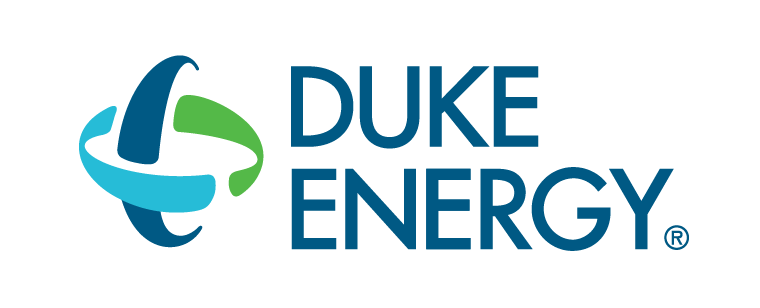Duke Storm Costs Could Top $1.1B
 Article reposted with permission from The News Service of Florida.
Article reposted with permission from The News Service of Florida.
Duke Energy Florida’s costs of restoring power after three hurricanes this year could total about $1.1 billion to $1.3 billion, with the utility planning to seek state approval to recoup money from customers.
The utility’s parent company, Duke Energy, outlined the estimate Thursday in a quarterly financial report filed with the U.S. Securities and Exchange Commission. Also, the utility said in a news release Tuesday that it anticipates making a filing in December at the Florida Public Service Commission that could lead to passing along storm-related costs to customers as soon as March.
The costs stem from efforts to restore power after hurricanes Debby, Helene and Milton — all of which slammed areas served by Duke. The largest amount of costs, expected to total $700 million to $850 million, stems from Hurricane Milton, which made landfall Oct. 9 in Sarasota County as a Category 3 storm and caused extensive damage in other areas of Florida, according to the Securities and Exchange Commission filing.
Florida Power & Light on Oct. 29 requested approval from the Public Service Commission to collect nearly $1.2 billion to cover costs of restoring power after the hurricanes and to replenish a storm reserve fund. That request is pending.
Utilities have long been allowed to recover storm-related costs from customers, and such recoveries have been contemplated in broader rate agreements.
Duke Energy, the Florida utility’s parent, also faced restoring power after Debby and Helene in areas it serves in North Carolina and South Carolina. Thursday’s quarterly report said Duke estimates overall costs from the three storms of $2.4 billion to $2.9 billion.
“In such extreme circumstances, our immediate priority is, and always will be, executing the extensive storm preparation and response work to ensure the safe, timely and efficient restoration of service to impacted customers as quickly as possible,” Duke said in the report. “Round-the-clock power restoration efforts continued following the historic damage inflicted by these storms with lineworkers, tree trimmers and removal experts, state department of transportation workers and countless others, working to repair and, in certain areas, completely rebuild, the critical electricity infrastructure that powers and supports the communities we serve.”
The report also indicated Duke is looking to hold down costs on customers’ monthly bills, including through a financing mechanism known as securitization.
“We will continue the important work of rebuilding our communities in the weeks and months ahead, including power infrastructure in the hardest-hit areas of our service territories,” the report said. “We also plan to work with our state commissions to appropriately track and recover storm costs under approved regulatory frameworks on a timely basis. We will also remain focused on balancing the bill impacts on our customers from such catastrophic events, including seeking insurance recovery and exploring the potential securitization of related costs in certain jurisdictions, as appropriate.”
In addition to the Milton costs, the report estimated Duke Energy Florida had restoration costs of $300 million to $400 million from Helene and $60 million from Debby. Helene made landfall Sept. 26 in Taylor County after causing damage in other coastal communities as it moved up the Gulf of Mexico; Debby made landfall in early August in Taylor County before hitting other parts of North Florida.
The quarterly report and Tuesday’s news release did not detail an exact amount that Duke’s Florida customers could be required to pay. The report said, for example, the Florida utility had a storm reserve of about $100 million that could be applied to costs.
The news release was issued after the Public Service Commission approved other costs, such as for power-plant fuel, that will be applied to customers’ bills in 2025. The net effect of those approvals will be to lower Duke monthly bills starting in January, according to the utility.
But the news release noted that the expected storm-cost recovery will “impact rates as early as March 2025.”
 Enter your email address in the
Enter your email address in the 